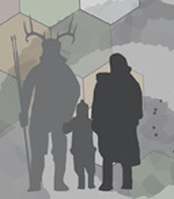I ran across the topic of this post while I was searching (unsuccessfully, so far) for a 1960's sermon about giants by a Seventh-Day Adventist preacher. I came across that sermon months ago but never wrote about, and I haven't yet been able to relocate it despite being sure I saved it more than once. I can't recall the name of the preacher, the publication, or the sermon. I'll keep searching for that sermon. In the meantime, I give you this account about of a "giant skeleton" from the Holy Land, described in a paragraph from the January 7, 1933, edition of The Gospel Messenger:
"The mounds and caves of the Near East continue to yield archaeological items of interest. Thus there was recently reported the finding of the skeleton of a giant in a cave at Athlit, Palestine. The find is said to resemble that of Paleanthropus Palestinus found a year ago at Mt. Carmel. These prehistoric men differed from all others in their long limbs, jutting chins, and awninglike ridges over their eyes. Maybe it was the descendants of some of these that the spies saw when they went up to look over the promised land."
Several things in the paragraph from The Gospel Messenger caught my attention. First was the use of "Paleanthropus Palestinus," a taxonomic construct that I don't remember seeing before. Second was, of course, the phrase "skeleton of a giant." Third was the connection made between fossil evidence and biblical stories.
Spoiler alert: the "giant skeletons" recovered from the cave were none other than the Neandertals of Skhul Cave, one of the most well-known Paleolithic sites in the Near East. The remains were described in a detail in a 1937 report. The "giants" of Skhul Cave were not giants in all, ranging in estimated stature from about 5'7" to a staggering 5'10." In addition to the formal report ( available online for anyone to see), numerous accounts of the discoveries in the popular media discuss the remains without describing them as those of "giants" That hasn't stopped today's giant "researchers" from uncritically embracing a 1932 article in The Milwaukee Journal that added the word "giant" to the text and headline.
The early 1930's was a time of rapid discovery in the Near East. In 1932, work in the caves of Palestine revealed the first relatively complete remains of Neanderthals outside of Europe (the "Galilee skull," more commonly known to paleoanthropologists today as Zuttiyeh and classified as Homo heidelbergensis was discovered in 1925; the burial of an infant Neanderthal had been reported from Skhul cave in 1931). These discoveries were widely reported in newspapers and magazines: I found nine separate stories about the discoveries printed in The New York Times between May of 1932 and January of 1933. An Associated Press story also made the rounds in the summer of 1932, and an illustrated feature appeared in Every Week Magazine (a Sunday supplement) appeared in the fall.
"The limb bones are massive but are markedly longer than those of the dwarfish Neanderthaler."
Theodore McCown, the excavator of the skeletons, was directly quoted in a New York Times piece from August 6, 1932:
"Although they were a tall people, they probably stopped and walked with a shambling gait."
The word "giant" does not appear in the New York Times coverage until a January 11 story (attributed simply to "Wireless") that describes the Skhul remains as "skeletons of eight prehistoric giants" that were shipped "embedded in huge blocks of stone." That story post-dates both the (January 7, 1933) account in The Gospel Messenger that I quoted above and a similar story from The Milwaukee Journal (December 16, 1932) that is reproduced on the websites of several giant enthusiasts (e.g., here, here, and here). Here is a transcript of the Milwaukee Journal article:
"FIND GIANT SKELETON IN CAVE IN PALESTINE
Another Mousterian skeleton, resembling those of the so-called Mount Carmel men discovered last year, has been found in the caves at Athlit, Palestine. The remains of the Mt. Carmel men were first found by Theodore McCown, a young American archaeologist. The men were a race of giants who were contemporary with the Neanderthal men of Europe. They differed from all other prehistoric men in their long limbs, jutting chins, and in the enormous ridges over their eyes."
" . . . After the manner of many modern demonstrations of the accuracy of Biblical accounts formerly questioned by doubting Thomases among the "higher critics," it is now reported that there really "were giants in those days."
News has been received that another Mousterian skeleton, resembling those of the so-called "Mt. Carmel men" discovered last year, has been found in the caves of Athlit, Palestine.
These men were a race of giants contemporary with the Neadnerthal [sic] men of Europe, but differing in that they had exceptionally long limbs and enormous, awning-like ridges over their eyes.
Here in America we occasionally hear of the finding of the bones of a giant, but except for the admittedly large stature of our own Susquehannock Indians, there is no evidence that giants inhabited this continent."
Based on the use of the distinctive phrase "awning-like ridges," I'm guessing the account in The Gospel Messenger was drawn from a story similar to the one in the Harrisburg Telegraph. "Awning-like" is also used in the later story in the New York Times story with "giants" in the headline. My guess is that sometime in early-to-mid December, someone, somewhere wrote a story about one of the final skeletons uncovered at Skhul and decided to spice it up a little bit by taking these "taller than Neanderthal" people and turning them into giants. Whether or not that original story was packaged intentionally to interest Christians seeking confirmation of the Bible I don't know, but it seems to have been used that way at the time and continues to be used that way today. Then as now, in the absence of giants you just make hem up.
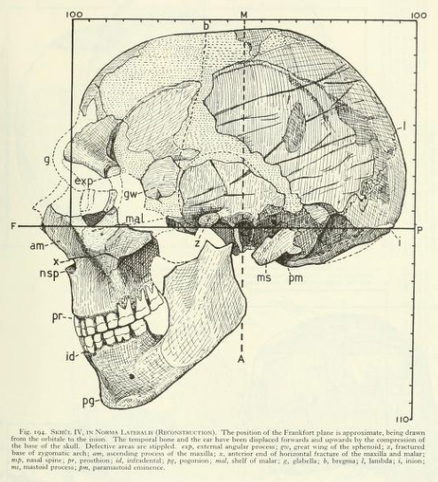 The normal-sized skull of Skhul IV from the 1937 report: despite being erroneously labeled in the press as the skull of a "giant," it was fully published and continues to be studied today.
The normal-sized skull of Skhul IV from the 1937 report: despite being erroneously labeled in the press as the skull of a "giant," it was fully published and continues to be studied today. "The Skhul men, like the male Cromagnons, were tall; their stature ranged from 5 ft. 6.7 in. (1,700 mm.) to 5 ft. 10.3 in. (1,787 mm)." (pp. 16-17)
"The length of the foot in these fossil people is in no way remarkable." (pg. 20)
"There the longest of the Palestinian tibiae, that of Skhul IV, is set side by side with three others . . . The maximum length in Skhul IV is 430 mm. for the right bone and 434 mm. for the left. If we apply the formula of Pearson (1898) . . . we obtain a mean tibial stature of 1,813 mm. (71.3 in.); using Manouvrier's tables . . . the result is still more, namely 1,875 mm. (73.8 in.)." (pg. 41).
"It is at once apparent that we are dealing with a tall race of men, with a body conformation very different from the Neanderthaliens of Europe -- short and stout men. . . . The statures of the four men run from 1,709 mm. (5 ft. 7.2 in.) to 1,787 mm. (5 ft. 10 in.)." (pg. 58)
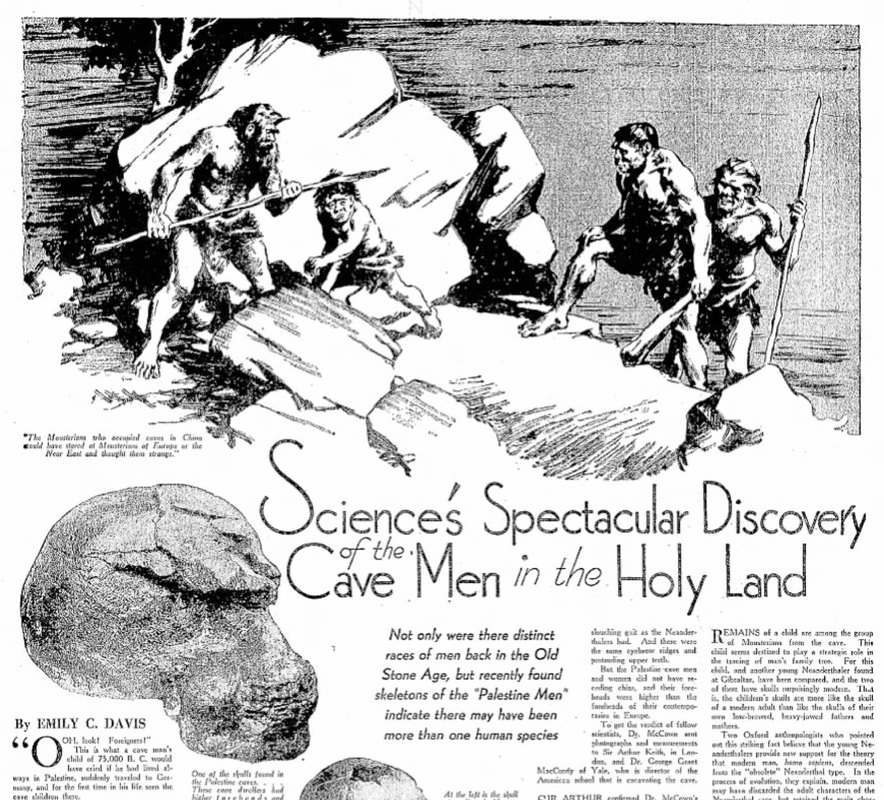
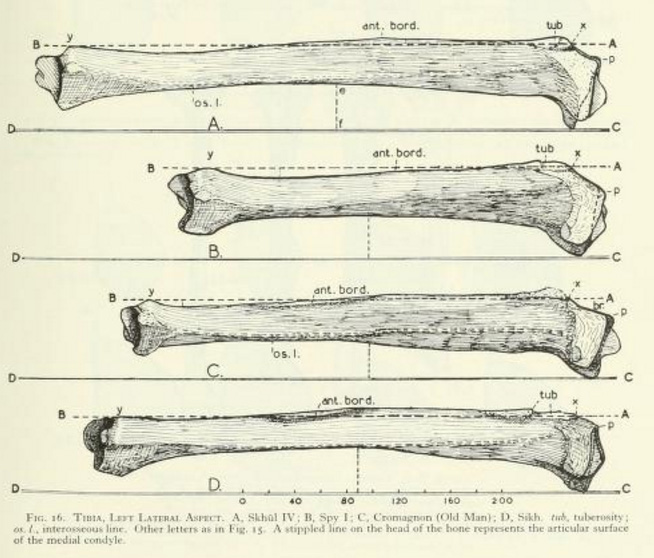


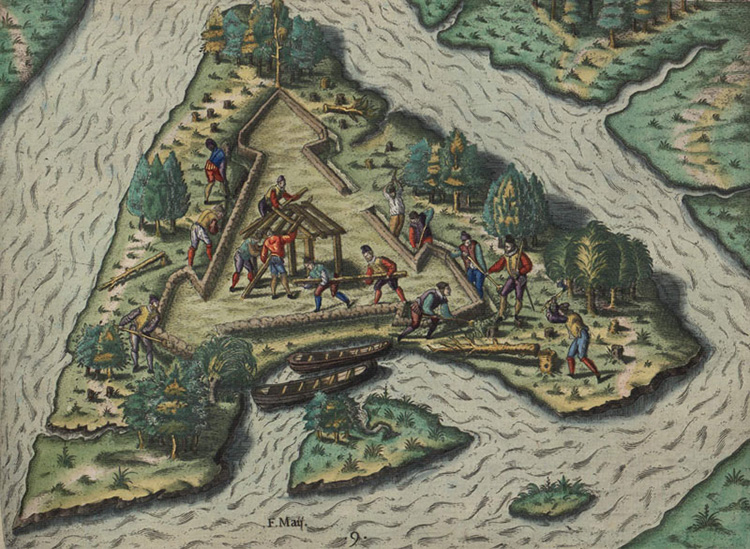
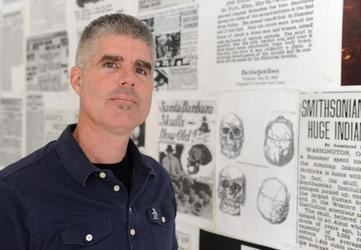
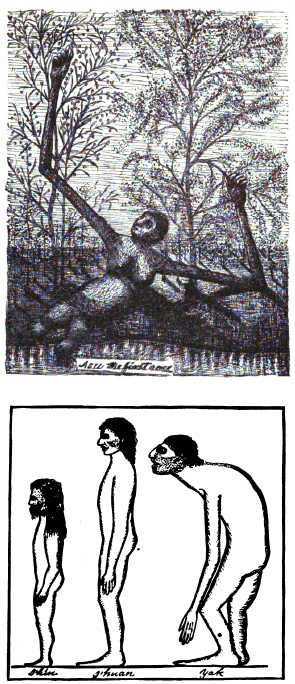
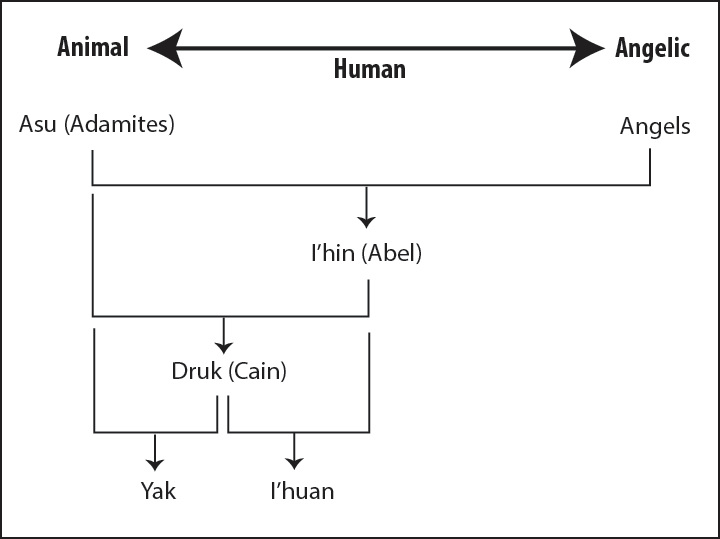

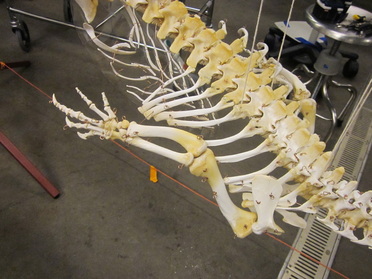
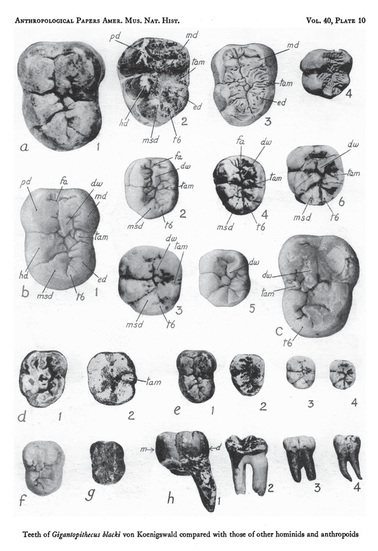
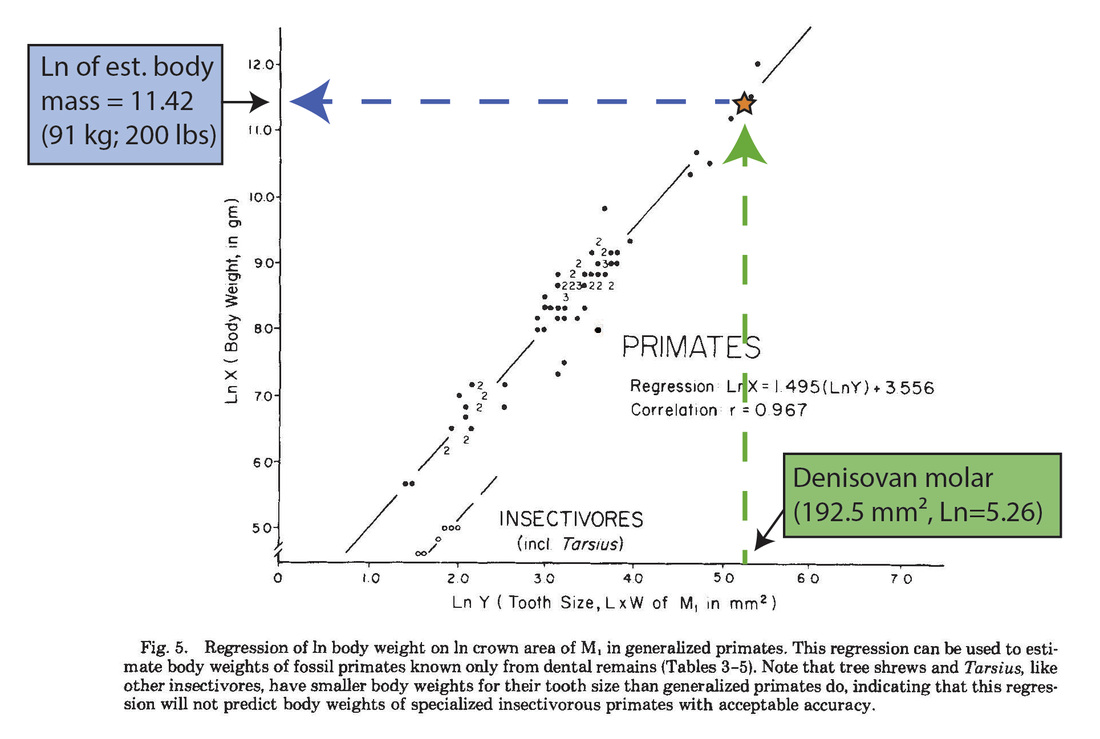

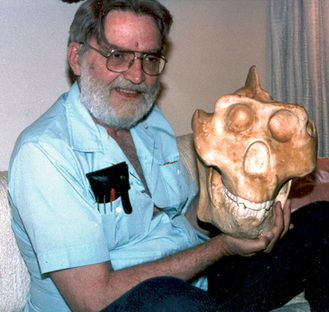
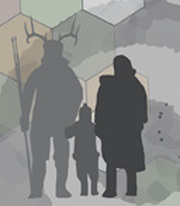

 RSS Feed
RSS Feed
